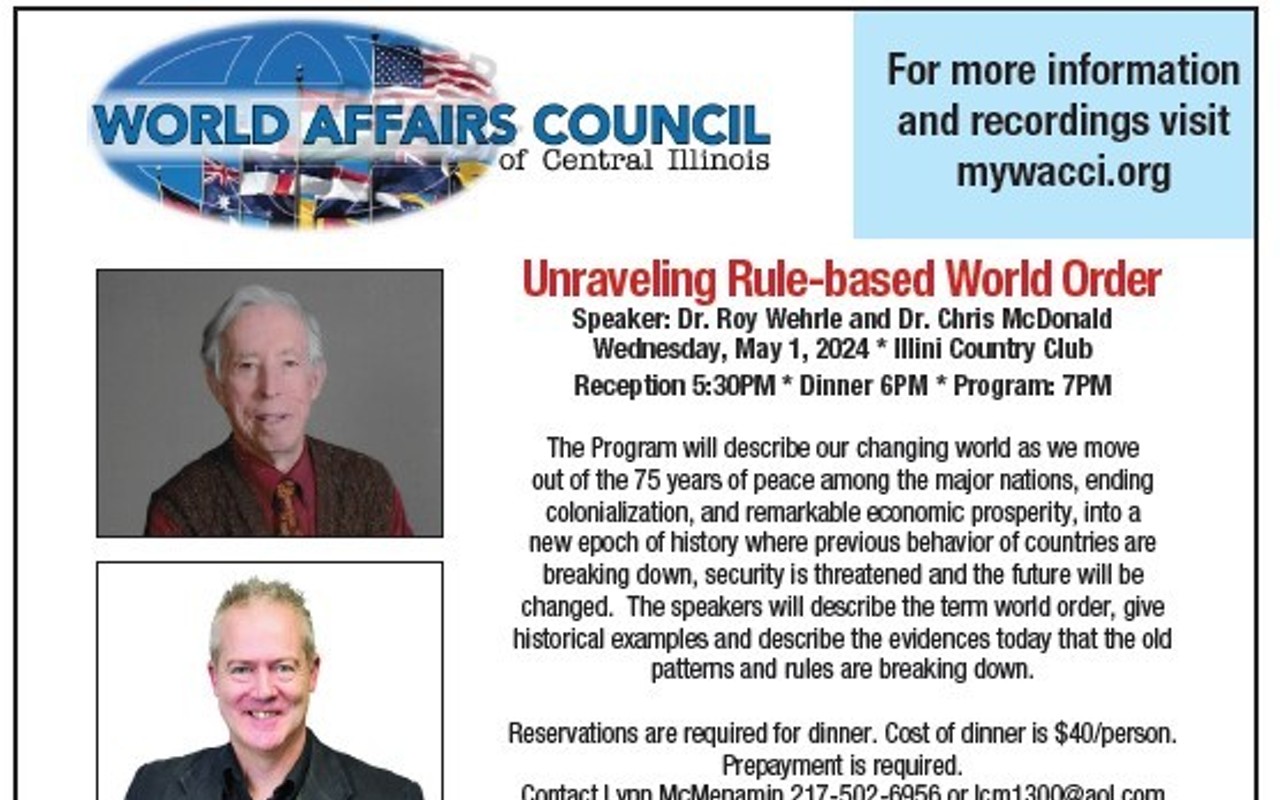Bangin' in Springfield
For downstate gang members, loyalty is corny. Here, it’s all about money.
[
{
"name": "Air - MedRect Combo - Inline Content 1",
"component": "11490391",
"insertPoint": "3",
"requiredCountToDisplay": "1",
"parentWrapperClass": "fdn-ads-inline-content-block"
},{
"name": "Air - MedRect Combo - Inline Content 2",
"component": "11490392",
"insertPoint": "7",
"requiredCountToDisplay": "5",
"parentWrapperClass": "fdn-ads-inline-content-block"
},{
"name": "Air - MedRect Combo - Inline Content 3",
"component": "11490393",
"insertPoint": "12",
"requiredCountToDisplay": "9",
"parentWrapperClass": "fdn-ads-inline-content-block"
}
]
Although groups of kids fighting is all too commonplace, it’s tough to say whether Springfield has a gang problem.
On the one hand, like other downstate Illinois towns, the capital city hasn’t been immune to the effects of the demolition of Chicago’s infamous high-rise housing developments in the 1990s, which dispersed the projects’ former inhabitants, along with their problems, across the state.
On the other, while gangbangers have migrated to central Illinois, what Chicago street gangs are notorious for — high levels of organization and, perhaps most importantly, discipline imposed by a leadership hierarchy — hasn’t followed.
“There’s no control,” explains Chris Bolinger, a Springfield police officer with the community relations division. “A lot of kids don’t respect old traditions. I can be a leader and the big gang can’t knock me off my throne.”
Bolinger was one of approximately 30 participants in a daylong “gang summit” sponsored by the University of Illinois-based Center for Public Safety and Justice held at Lincoln Land Community College. The group heard from former gang members from the Chicago area, Ricky Bueno and Mack McGhee, who shared their personal stories and advice on how parents and human services workers can spot gang activity and intervene.
That may be easier said than done in cities like Springfield, where, instead of colors or gang history, allegiances are based on family and friendship ties — and, above all else, money. Carlos Norris, a youth program trainer with the Springfield Urban League, conducted a survey of attitudes towards gang membership in which respondents believed claiming colors, long a hallmark of gang affiliation, to be “corny.”
“Now it’s about getting paid,” Norris says. Patricia Rushing, the director of the public safety center at the U of I, says that gangs’ migration from urban to more rural areas is caused by women with children looking for cheaper housing or relocating to the towns where their husbands were serving prison sentences. Also gang members relocate to where law enforcement doesn’t have the resources to monitor criminal activity, she says.
Her group has identified 20 to 25 gangs operating in downstate cities like Peoria, Litchfield, Urbana, Carbondale, East St. Louis, Danville, Lincoln, Effingham and Springfield. All of which, she notes, are located along interstate highways.
Bolinger, the Springfield officer, who worked undercover narcotics during the height of the crack cocaine epidemic in the late 1980s, explains the logic of a migrant dope dealer/gang member: “I can take my $10 rock from Chicago and sell it for $20 in Springfield — so I double my profit and I do it safely.”
In Springfield, all the major Chicago gangs, and increasingly Los Angeles’ Bloods and Crips, are present “plus a few pocket gangs,” Bolinger says.
Understanding these changes in gang culture is important for human service workers, teachers and police who encounter kids who are in danger of falling in with gangs as many behaviors are often misinterpreted as gang-related, such as sporting white oversized T-shirts.
But participants were cautioned that more important than knowing that a teenager is in a gang is understanding why the teen joined the gang in the first place.
“There’s a culture that’s being developed in our communities where young men have no direction,” says McGhee, the speaker.
McGhee, a post-release administrator for Chicago-based nonprofit Treatment Alternatives for Safe Communities, decried recent cuts to the state’s youth-oriented services and called for more funding in the future.
“If we want to stem the tide of gang violence, we have to have the political will to step up and provide the funding to stop people from hurting people.”
Contact R.L. Nave at [email protected]
On the one hand, like other downstate Illinois towns, the capital city hasn’t been immune to the effects of the demolition of Chicago’s infamous high-rise housing developments in the 1990s, which dispersed the projects’ former inhabitants, along with their problems, across the state.
On the other, while gangbangers have migrated to central Illinois, what Chicago street gangs are notorious for — high levels of organization and, perhaps most importantly, discipline imposed by a leadership hierarchy — hasn’t followed.
“There’s no control,” explains Chris Bolinger, a Springfield police officer with the community relations division. “A lot of kids don’t respect old traditions. I can be a leader and the big gang can’t knock me off my throne.”
Bolinger was one of approximately 30 participants in a daylong “gang summit” sponsored by the University of Illinois-based Center for Public Safety and Justice held at Lincoln Land Community College. The group heard from former gang members from the Chicago area, Ricky Bueno and Mack McGhee, who shared their personal stories and advice on how parents and human services workers can spot gang activity and intervene.
That may be easier said than done in cities like Springfield, where, instead of colors or gang history, allegiances are based on family and friendship ties — and, above all else, money. Carlos Norris, a youth program trainer with the Springfield Urban League, conducted a survey of attitudes towards gang membership in which respondents believed claiming colors, long a hallmark of gang affiliation, to be “corny.”
“Now it’s about getting paid,” Norris says. Patricia Rushing, the director of the public safety center at the U of I, says that gangs’ migration from urban to more rural areas is caused by women with children looking for cheaper housing or relocating to the towns where their husbands were serving prison sentences. Also gang members relocate to where law enforcement doesn’t have the resources to monitor criminal activity, she says.
Her group has identified 20 to 25 gangs operating in downstate cities like Peoria, Litchfield, Urbana, Carbondale, East St. Louis, Danville, Lincoln, Effingham and Springfield. All of which, she notes, are located along interstate highways.
Bolinger, the Springfield officer, who worked undercover narcotics during the height of the crack cocaine epidemic in the late 1980s, explains the logic of a migrant dope dealer/gang member: “I can take my $10 rock from Chicago and sell it for $20 in Springfield — so I double my profit and I do it safely.”
In Springfield, all the major Chicago gangs, and increasingly Los Angeles’ Bloods and Crips, are present “plus a few pocket gangs,” Bolinger says.
Understanding these changes in gang culture is important for human service workers, teachers and police who encounter kids who are in danger of falling in with gangs as many behaviors are often misinterpreted as gang-related, such as sporting white oversized T-shirts.
But participants were cautioned that more important than knowing that a teenager is in a gang is understanding why the teen joined the gang in the first place.
“There’s a culture that’s being developed in our communities where young men have no direction,” says McGhee, the speaker.
McGhee, a post-release administrator for Chicago-based nonprofit Treatment Alternatives for Safe Communities, decried recent cuts to the state’s youth-oriented services and called for more funding in the future.
“If we want to stem the tide of gang violence, we have to have the political will to step up and provide the funding to stop people from hurting people.”
Contact R.L. Nave at [email protected]
Illinois Times has provided readers with independent journalism for almost 50 years, from news and politics to arts and culture.
Your support will help cover the costs of editorial content published each week. Without local news organizations, we would be less informed about the issues that affect our community..
Got something to say?
Send a letter to the editor and we'll publish your feedback in print!
















